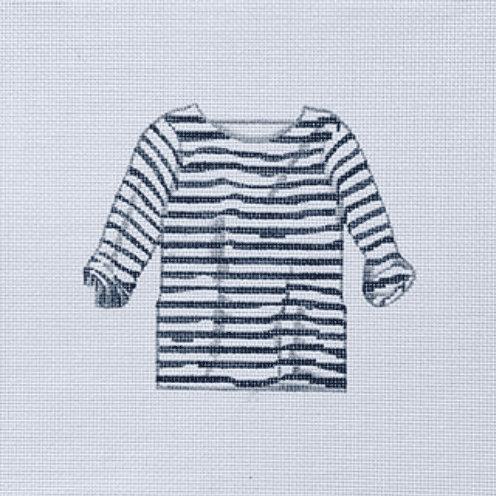Table of Contents
The Best Bathroom Design For You
The first step that you need to take when planning a new bathroom design for the children is to consider what their limitations are and whether or not the layout would benefit storage space, ease of access, and whether other accessories like handrails and grab bars would comfortably fit inside of the allocated bathroom area.
step that you need to take when planning a new bathroom design for the children is to consider what their limitations are and whether or not the layout would benefit storage space, ease of access, and whether other accessories like handrails and grab bars would comfortably fit inside of the allocated bathroom area.
The following are some tips on various ways that independence can be induced into the bathroom while also ensuring that your child is comfortable with the environment.
1. Push and Pull Water Taps
Numerous children might not have enough strength for pressing or turning water taps, containers, or soap bottles, so it might be helpful to use fittings and products that are easy to use. Push and pull water tap levels are easier to use than levers that turn tightly, these can also be used in kitchens. When you ensure easy access it provides the chance for learning and independence.
2. Keep Your Children Safe
Many families store their medications in the bathroom. Make sure your children are safe, and when you are installing a new medicine cabinet be sure it can be child-proof or locked. It is helpful as well if the cabinet is high to keep out of the reach of your children.
3. Grab Bars
You can install grab bars on both sides of a bath in order to provide support for bending and standing. Depending on the mobility of your child, you can install grab bars close to the toilet. Give your child the chance to practice climbing inside and out of the bathtub while providing support where it is needed the most.
4. Non-Slip Mats
Bathrooms are often very slippery from activities that involve water. That is why it is critical that your child remains secure and stable inside of the shower or bath area. One essential product to have for both kids and parents are non-slip maps. A mat offers stability and also reduce excess water that can cause injuries. Applying anti-slip coating to your bathroom floor is a more expensive option.
5. Walk-In Baths
A walk-in bath is the perfect options for allowing easier access for people who have mobility issues. The walk-in bath has a seat for your child to sit on and a door. That makes it a lot easier to bathe and may be a better option for a caregiver or parent who need to lift a child in and out of the bath.
6. Lower Level Sink
An extra water basin can be installed if required that can be lowered to the height of your child so that he or she can reach the tap levers easily.
7. Sensory Considerations
If you have an autistic child then it is a good idea to make the bathroom child friendly. Think about the sensory sensitivities of your child and incorporate them into the bathroom. If there is a favourite toy that your child really likes try to find some similar bath toys to help stimulate their creativity and imagination.
8. Hang a Social Story or Visual Schedule
When you create a social story or visual list for taking a bath or shower, brushing teeth, washing hands, or using the toilet, it can be very useful in offering independence inside of the bathroom. Incorporate the lists into the bathroom by getting them hung up in parts of the bathroom that are easy to see.
9. Bathroom Colours
You might want to consider painting the bathroom walls a bright colour in order to stimulate the mind of your child. It has been suggested by research that a correlation exists between human emotion and colour. That will increase the cognitive awareness of your child and make it possible for it to be an enjoyable experience which will turn into a learning process. White and blue shades create an awakening, fresh feeling. However, it is recommended that the colour red be avoided since it is believed to emote anger and aggression.
Although there is a great deal of preparation and planning involved, the changes will enable your child to feel safe and relaxed within the bathroom environment and also allow them to feel and learn how to be independent.












